Most sake has an alcohol by volume (ABV) of 13% to 16% causing it to fall between wine and spirits in strength. Premium sakes like Junmai Daiginjo or Ginjo also typically fall within this range. However, undiluted sake (called Genshu) can reach up to 17%–18%, while certain sparkling or low-alcohol varieties, such as Himezen, contain as little as 5%–7% ABV.
Legal Note: In Japan, the legal maximum ABV for sake is 22%. Anything above this threshold is classified as a liqueur and not sold as sake. This sets an important regulatory boundary for high-ABV varieties.
How Sake Compares to Other Alcoholic Beverages
| Beverage | Typical ABV |
|---|---|
| Beer | 4%–6% |
| Wine | 12%–14% |
| Sake | 13%–16% (avg) |
| Genshu Sake | 17%–18% |
| Vodka/Whiskey | 40% |
| Sparkling Sake | 5%–8% |
| Shochu | 20%–25% |
Sake is stronger than wine and beer but much weaker than spirits such as whiskey or vodka. Shochu, another beloved Japanese alcohol is also stronger than sake. Because of this sake is a moderate but still versatile choice for both casual and refined drinking.
Genshu and Dilution Practices
Most sake is diluted with water before bottling to bring the ABV to around 15%. Genshu, on the other hand is undiluted causing it to retain its full alcohol strength of 17%–18%. This leads it to deliver a richer flavor and heavier body, appealing to both seasoned drinkers and those seeking a bolder taste.
Factors Influencing Alcohol Content
-
Rice Polishing Ratio
While the level of milling influences flavor complexity and the pace of fermentation, it does not directly determine the final alcohol percentage. -
Koji Mold and Yeast Varieties
Different yeast strains have varying levels of alcohol tolerance. Because of this some have been selected to survive and thrive in environmental conditions that allow for fermentation to reach about 18% ABV. -
Fermentation Environment
When brewing, colder temperatures allow a slower, prolonged fermentation period. This gradual process helps to reach higher alcohol levels without inducing uneccessary stress on the yeast. -
Water Dilution Practices
The majority of commercially sold sake is dilutedf with water to control for its strength. However, genshu (undiluted sake) retains its naturally higher alcohol content. -
Addition of Distilled Spirits
Specific sake styles utilize a tiny amount of distilled alcohol. This step helps to enhance aroma, refine the texture and improve stability besides just simply boosting alcohol volume.
Types of Sake and Their Alcohol Strength
- Junmai / Honjozo: Usually 15%–16% ABV
- Genshu: 17%–18% ABV (undiluted)
- Nigori (Cloudy Sake): 14%–16% ABV
- Namazake (Unpasteurized): 14%–16% ABV
- Sparkling Sake: 5%–8% ABV
- Low-Alcohol Sake: 7%–12% ABV
- Non-Alcoholic Sake: 0.00% ABV
Sake Brewing Process and Alcohol Formation
Sake is unique for its multiple parallel fermentation method this is where starch is converted to sugar and fermented into alcohol simultaneously.
The specific steps that contribute to alcohol content include:
- Rice Polishing
- Koji Mold Cultivation
- Yeast Starter Creation (Shubo)
- Main Fermentation (Moromi)
- Pressing and Filtration
- Optional Dilution and Pasteurization
Each step is completed by the Toji (brewmaster) whose decisions will affect the overall ABV.
Serving and Perception of Alcohol Strength
- Serving Temperature: Warm sake (Atsukan) releases more alcohol vapor, increasing the perceived strength.
- Vessel Choice: Traditional cups (Ochoko, Masu) help to regulate portions while more modern drinkers may prefer wine glasses to appreciate aroma.
- Food Pairing: Higher-alcohol sakes complement fatty or umami-rich foods, while lighter sakes pair well with delicate dishes.
Common Misconceptions About Sake’s Strength
Is sake as strong as spirits?
No. Sake is a fermented beverage not distilled so it typically has one-third the ABV of spirits like vodka or whiskey. Its smoothness and vessel size may give the impression of a higher potency.
Safe and Responsible Sake Consumption
- Use small cups to moderate intake
- Drink water between servings (Yawaragimizu) to stay hydrated
- Respect cultural practices: pour for others, never for yourself
- Avoid binge drinking especially with high-ABV styles like Genshu
Cultural and Historical Context of ABV in Sake
Historically, sake was stronger and less refined. Over time however, brewers began experimenting by diluting sake to isolate the flavor and meet consumer preferences. Modern iterations include low-alcohol and non-alcoholic options to appeal to a broader audience and keep up with evolving drinking preferences.
FAQs About Sake Alcohol Content
Q: Is sake stronger than wine?
A: Most sake ranges from 13% to 16% ABV while wine ranges from 12%–14%.
Q: Are there non-alcoholic sakes?
A: Yes, Gekkeikan Free and similar brands offer alcohol-free versions.
Q: Does warming sake increase its alcohol content?
A: No, warming only acts to intensify aroma and flavor perception but does not actually increase ABV.
Q: Is Genshu safe for beginners?
A: Since it has a stronger taste and higher ABV, beginners should first try it in small quantities and proceed with caution.
Q: How does sake compare to shochu?
A: Shochu is distilled and usually stronger (20–25% ABV) while sake is brewed and lighter (13–16%).
Q: Can I cook with sake?
A: Absolutely, sake's alcohol content helps to tenderize and flavor dishes.
Final Thoughts
Sake’s alcohol content is the result of an intricate brewing process, tradition and evolving consumer preferences. Whether you're sipping a gentle sparkling sake or savoring the bolder Genshu, understanding sake's ABV and production deepens your appreciation.
Explore Our Artisan Sake Sets
Bring home the elegance of Japanese tradition. Browse our handcrafted sake sets and elevate your sake experience.


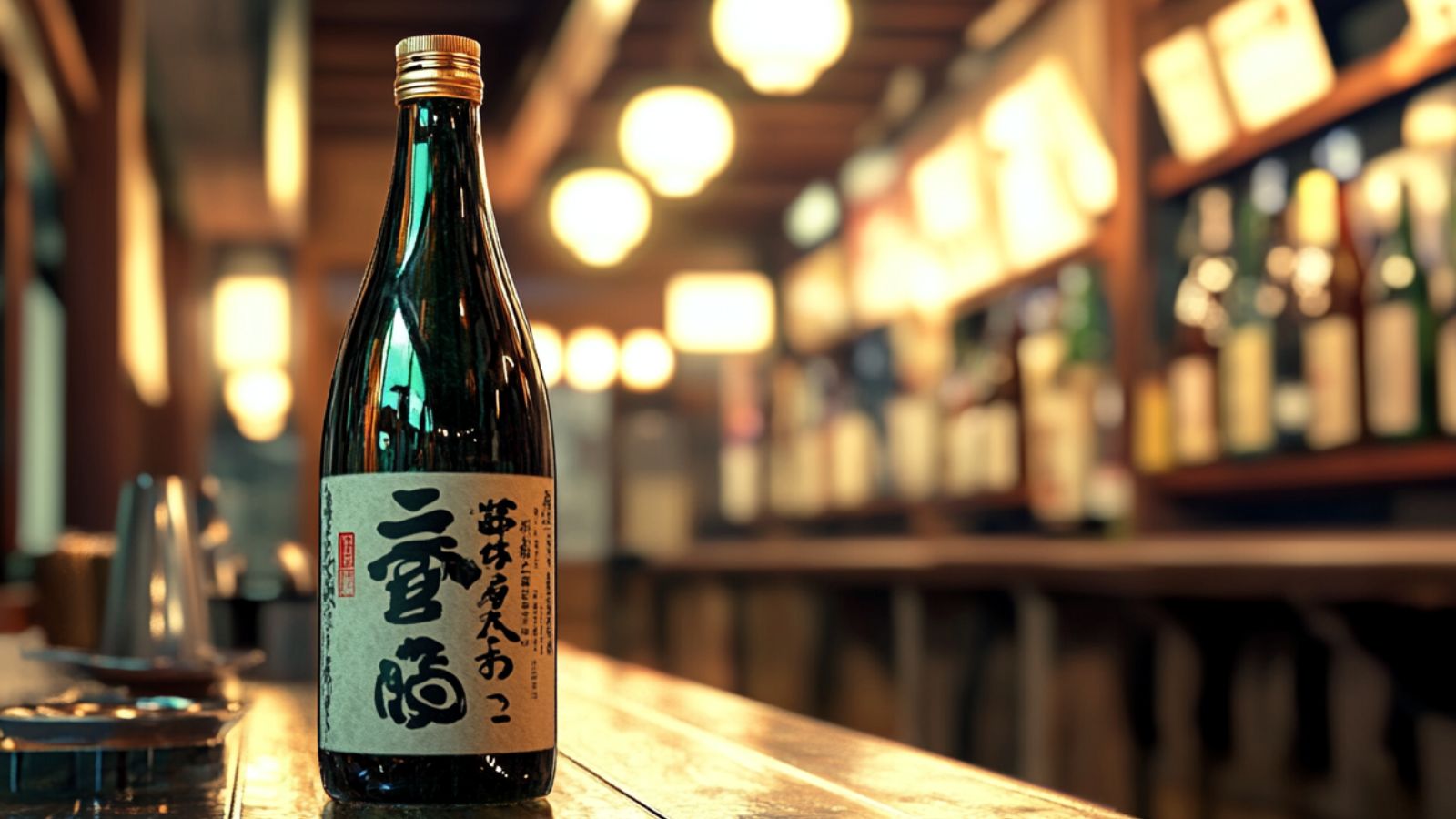


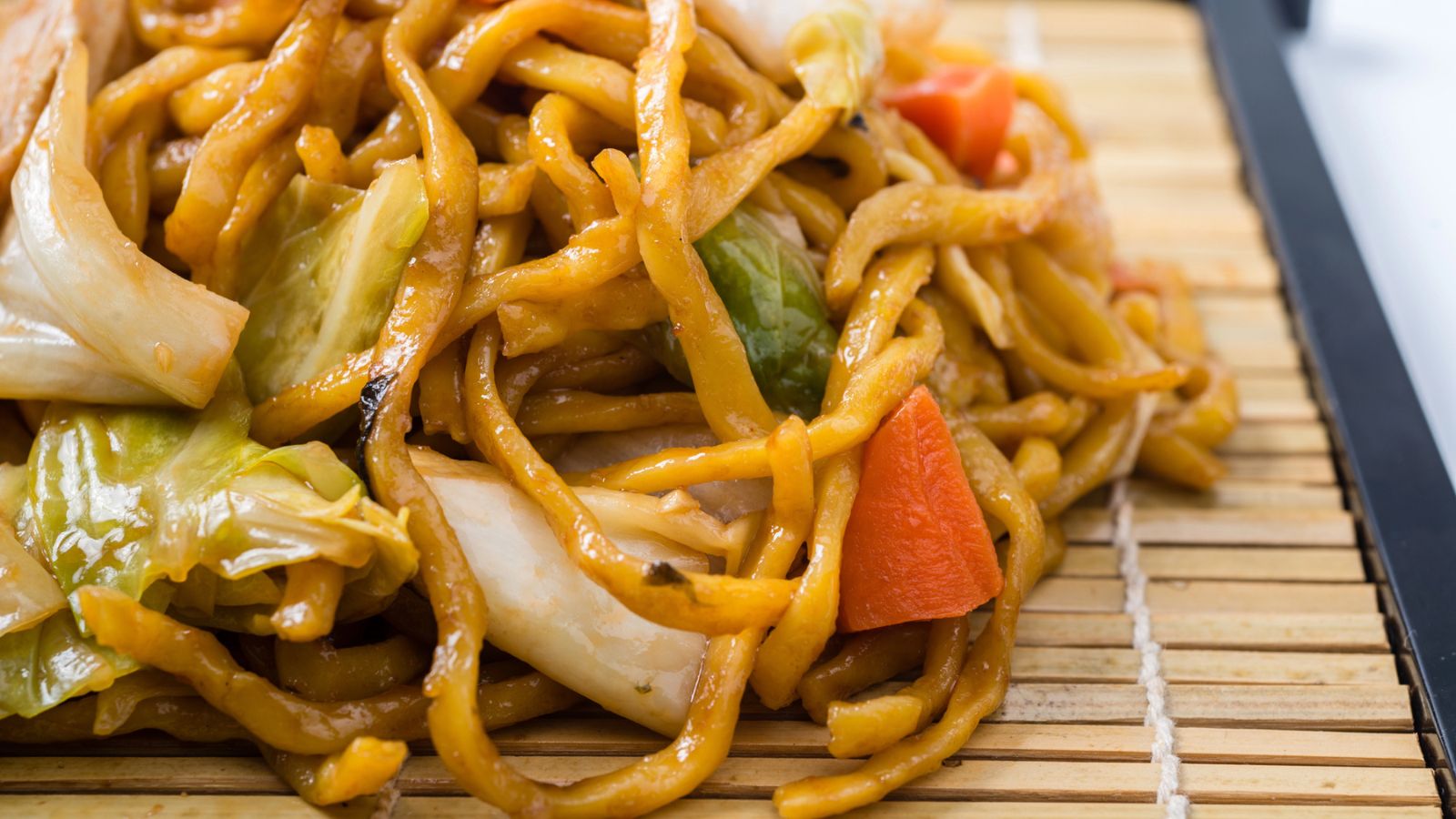
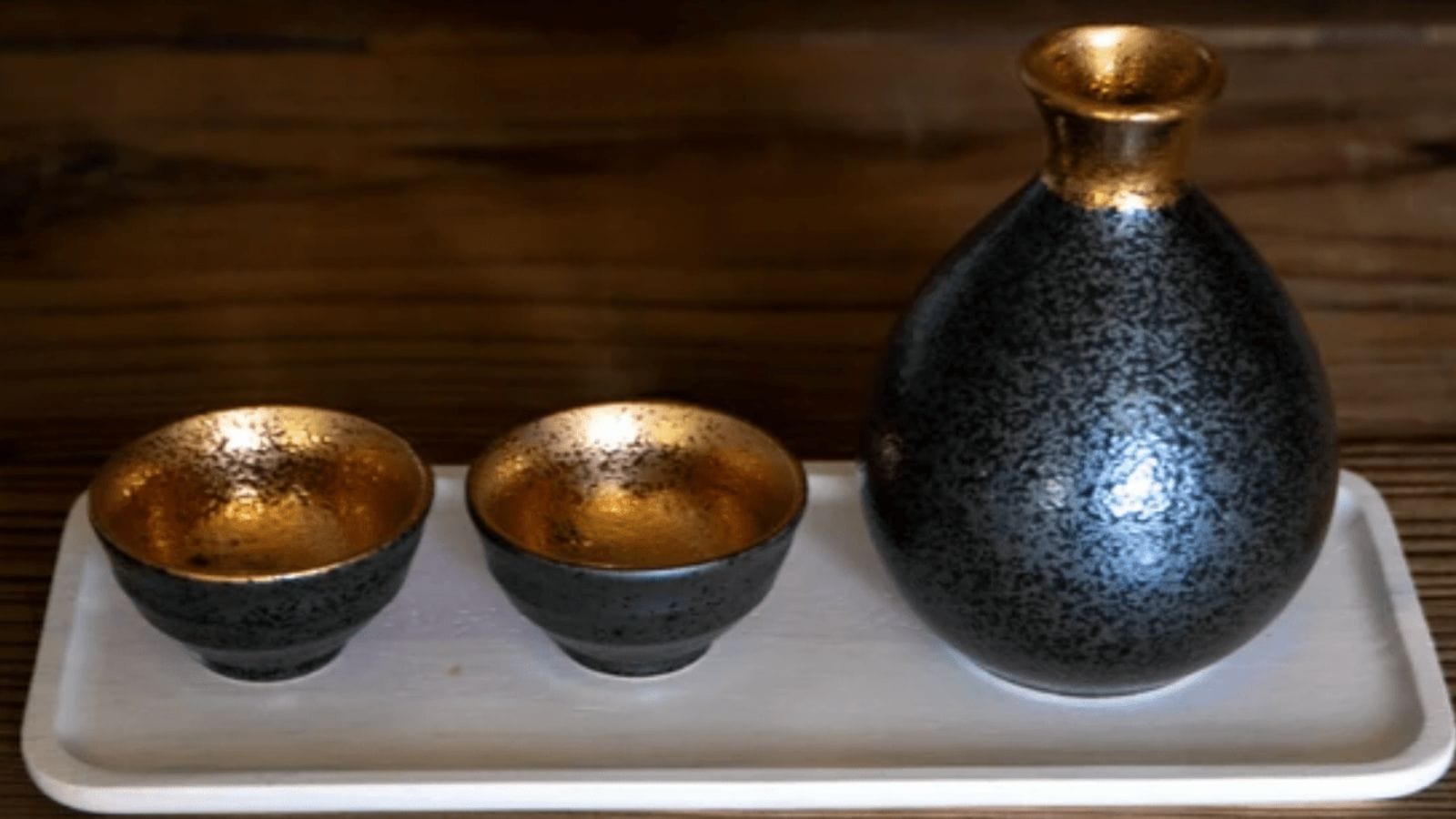
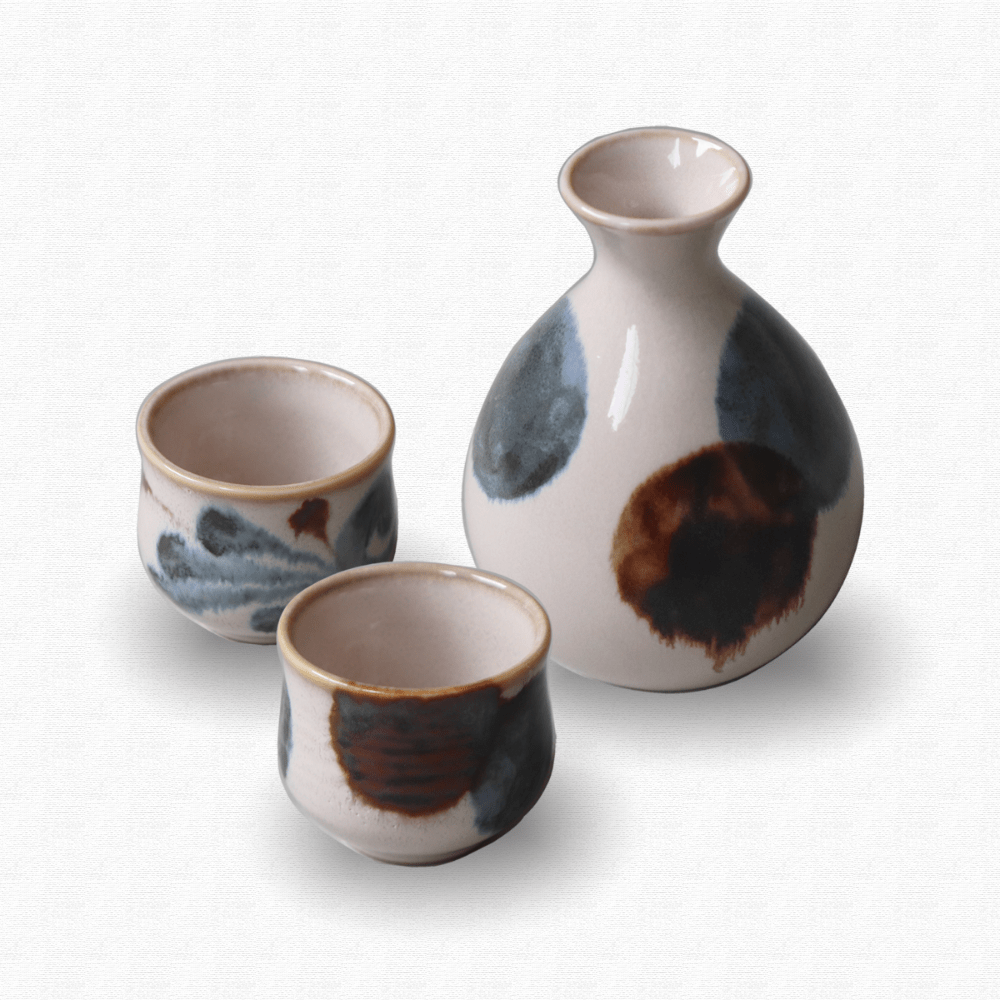
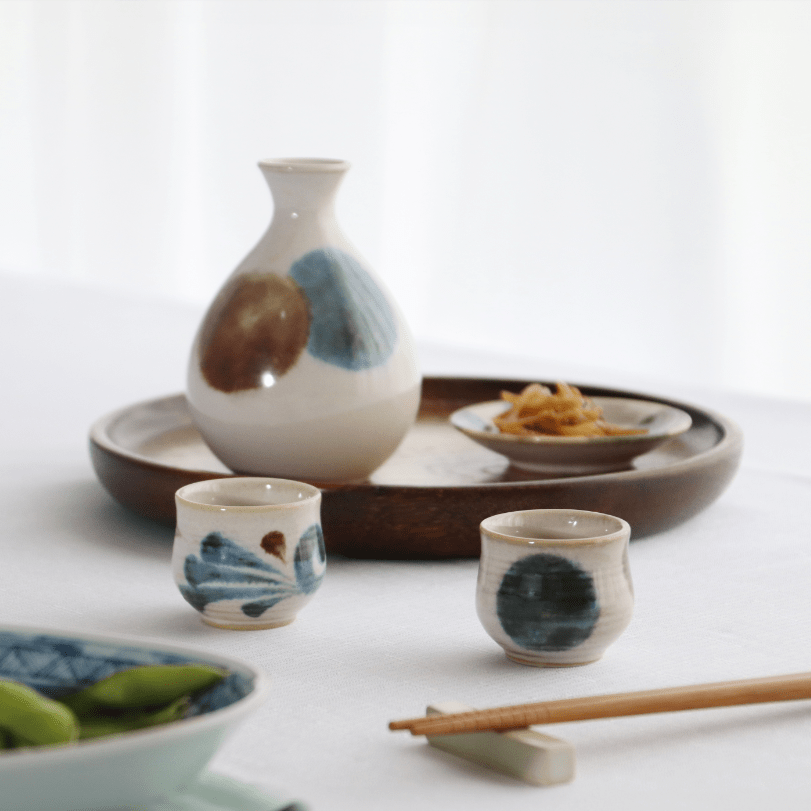
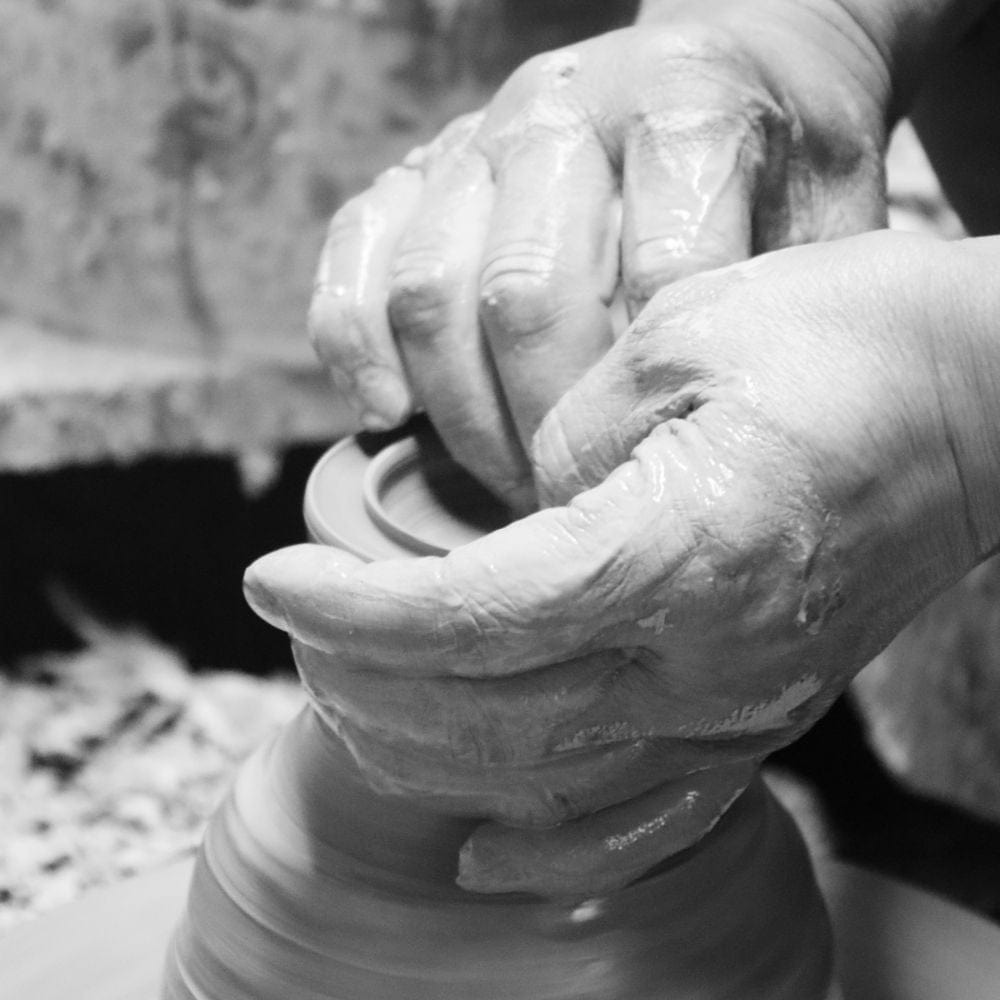
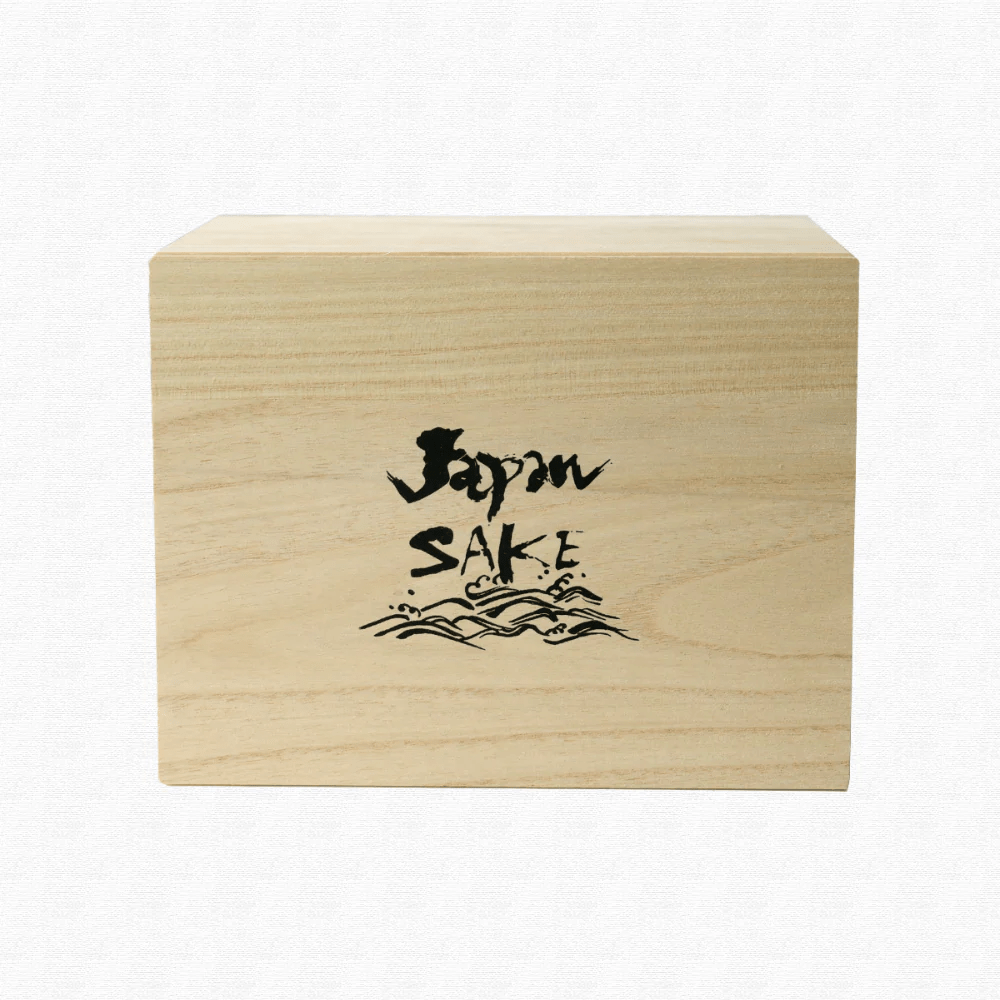
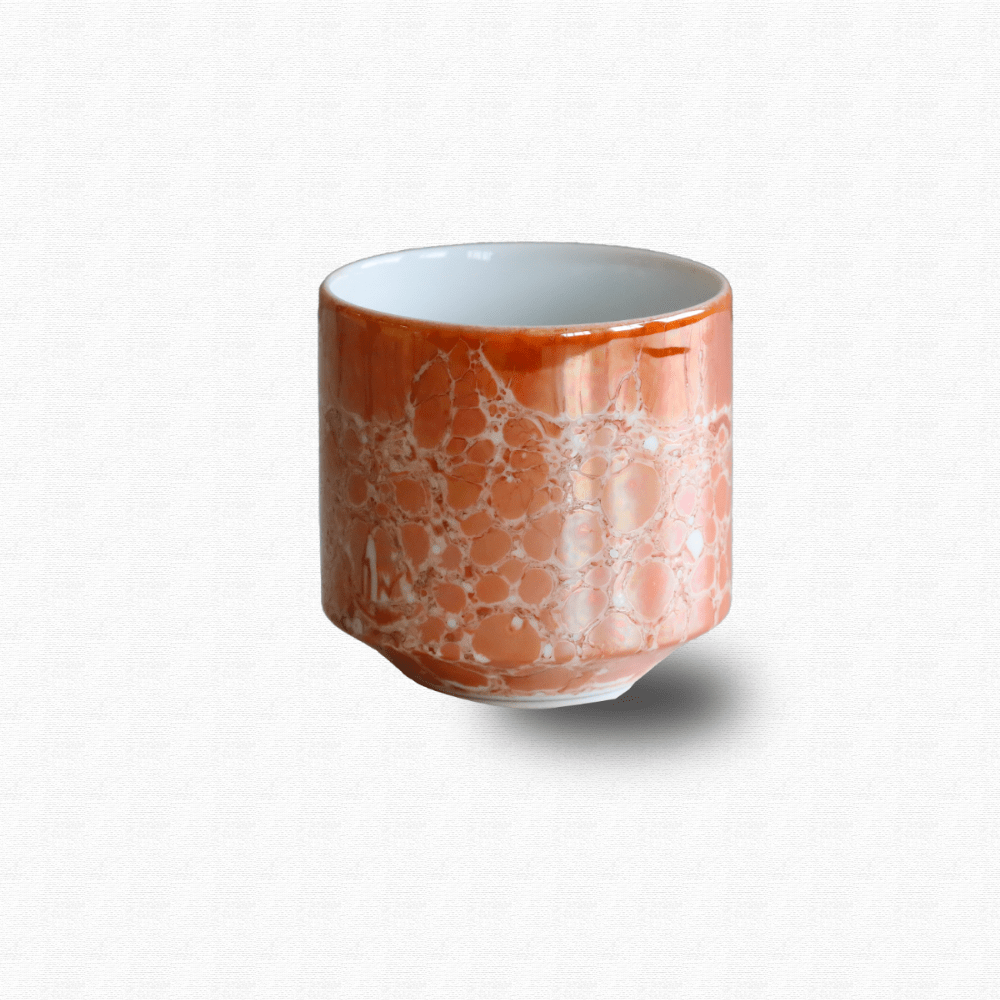

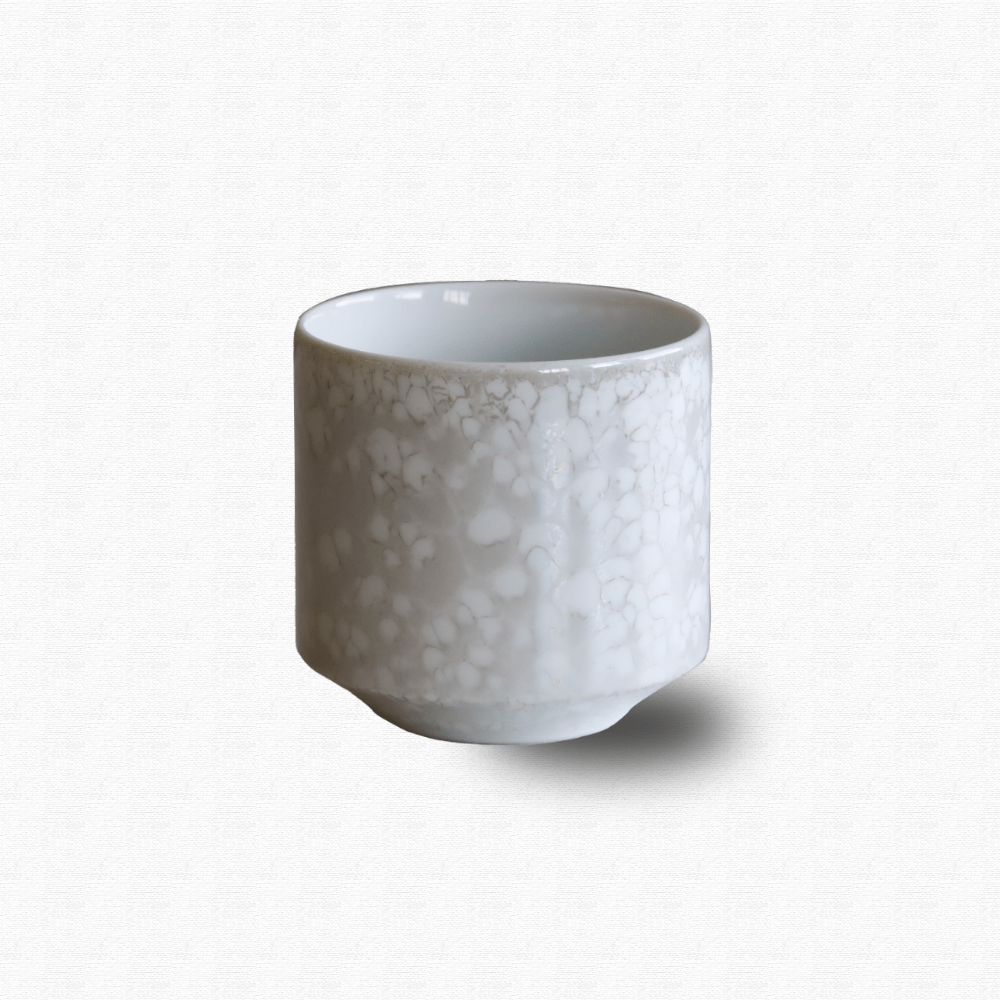
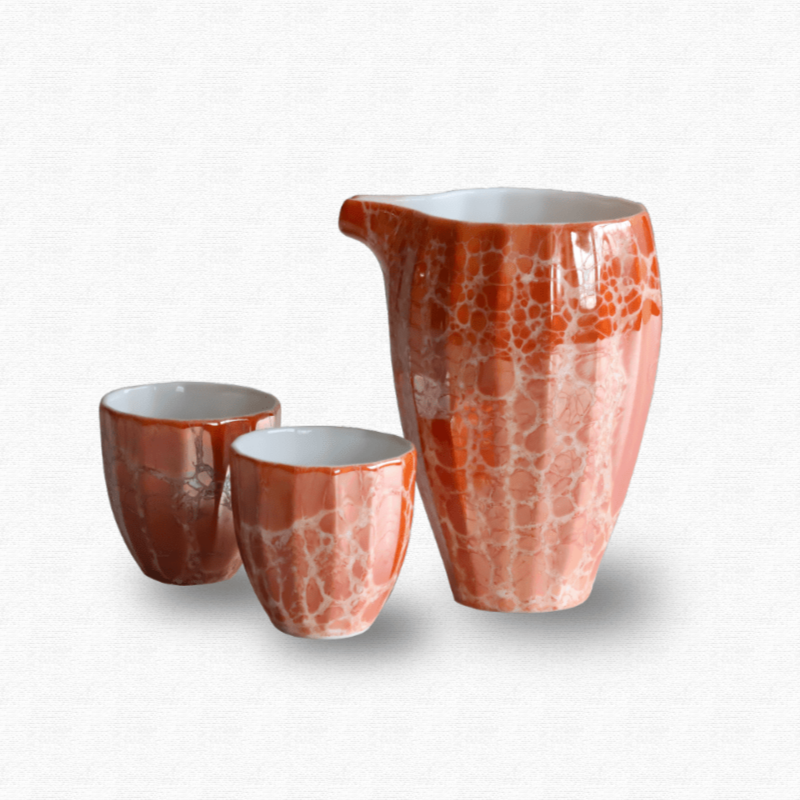
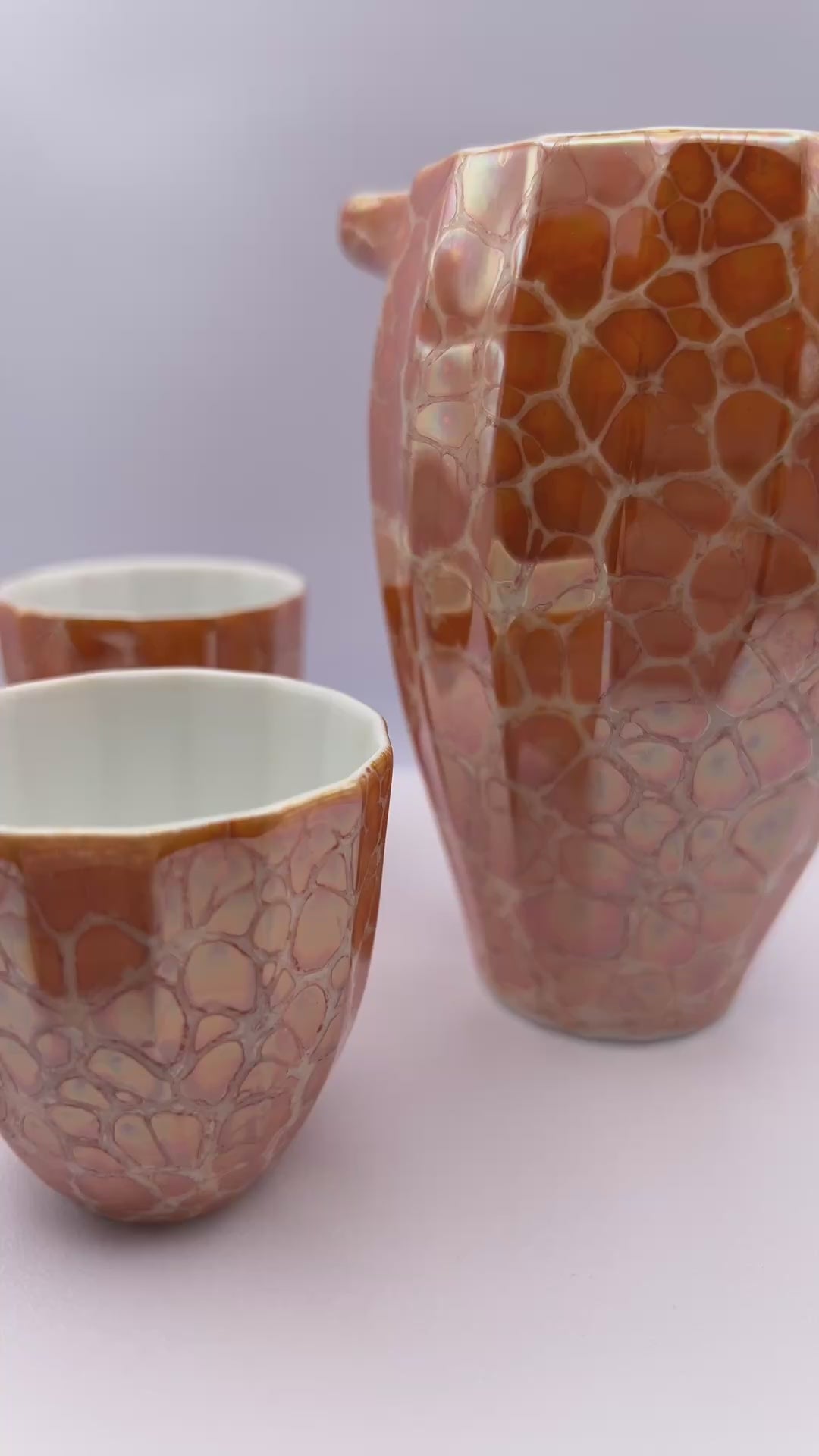
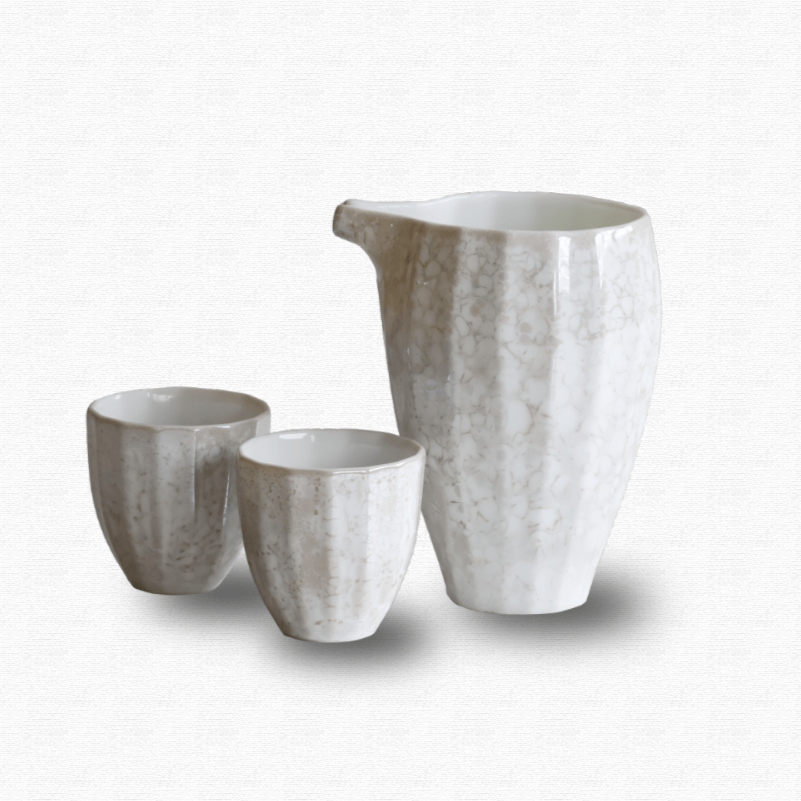
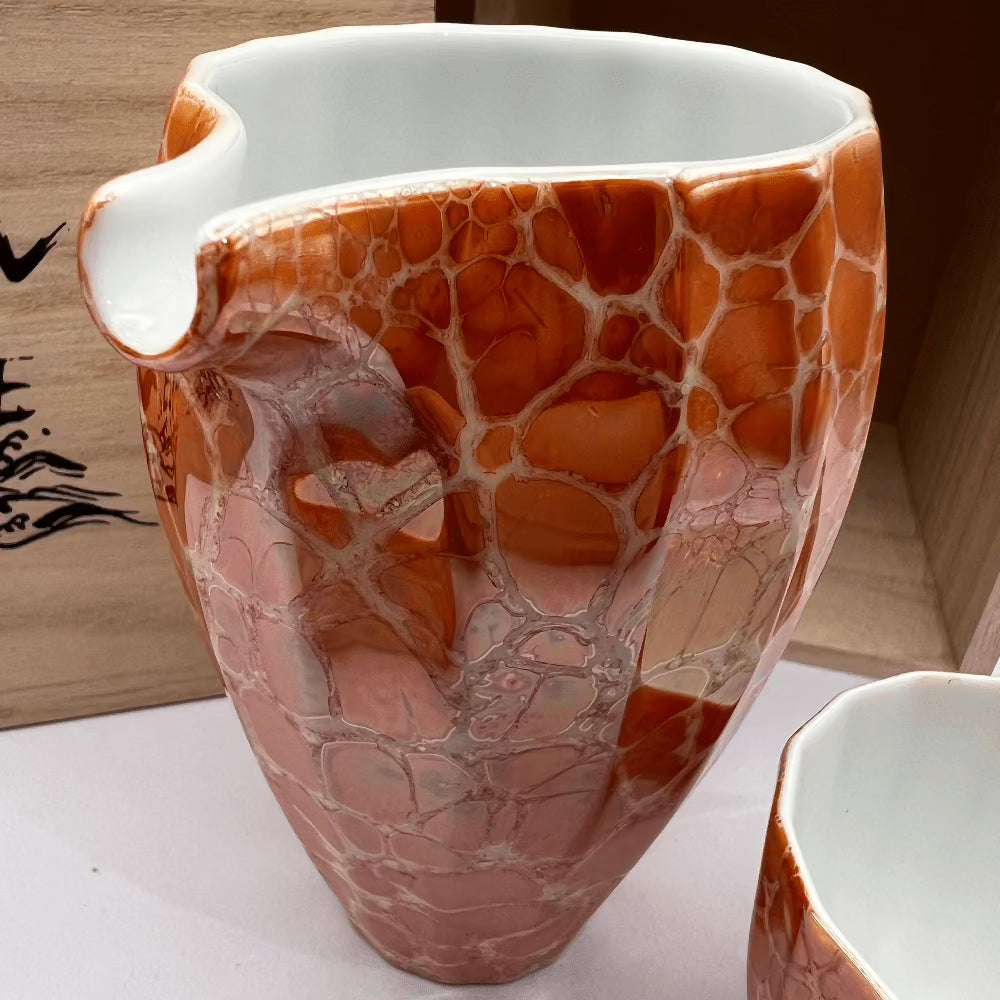
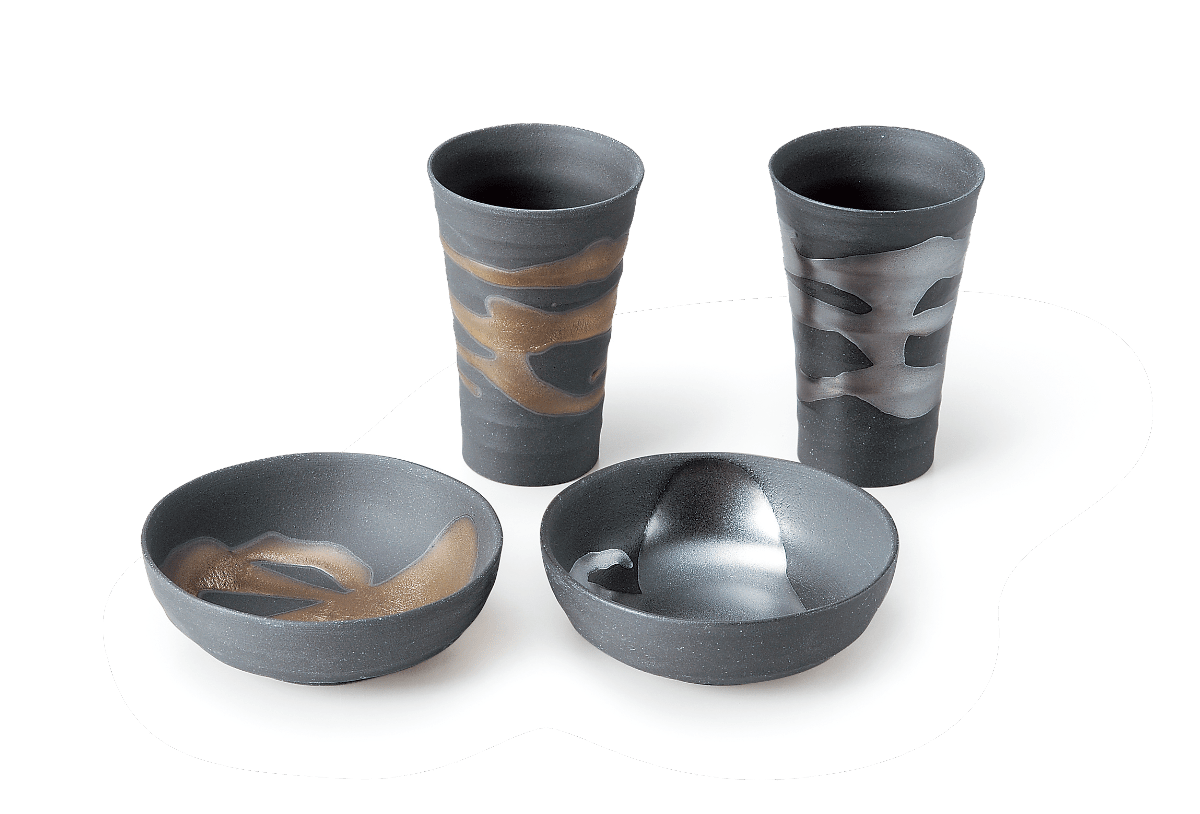
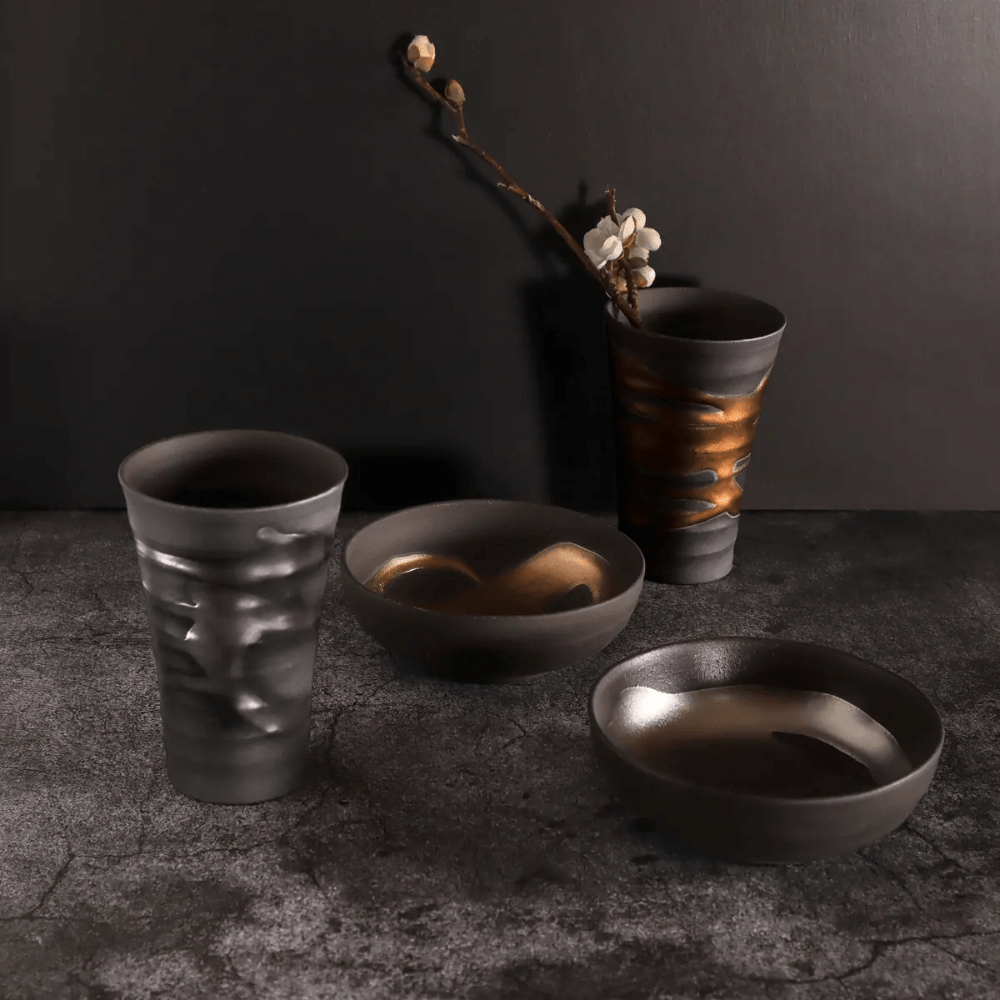
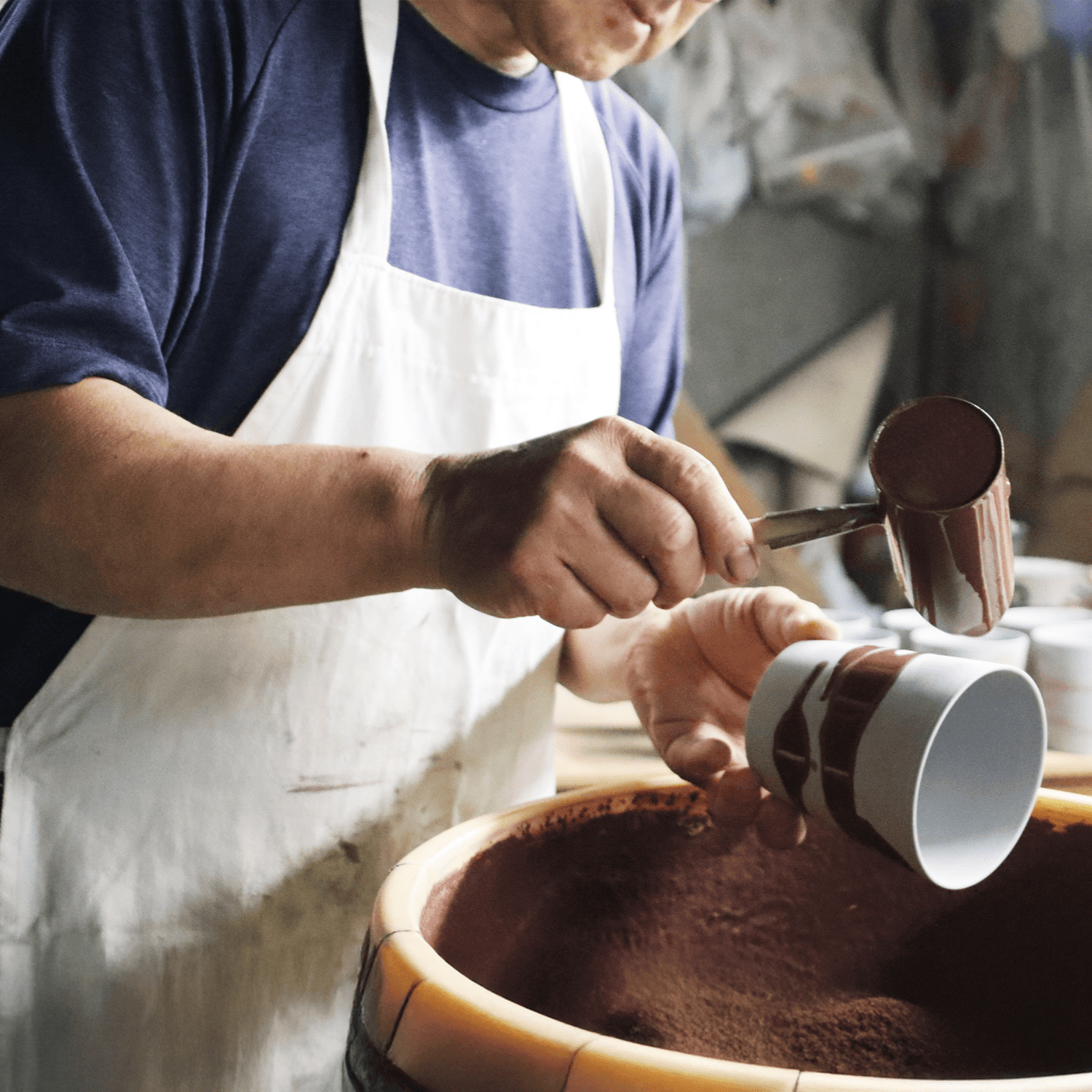
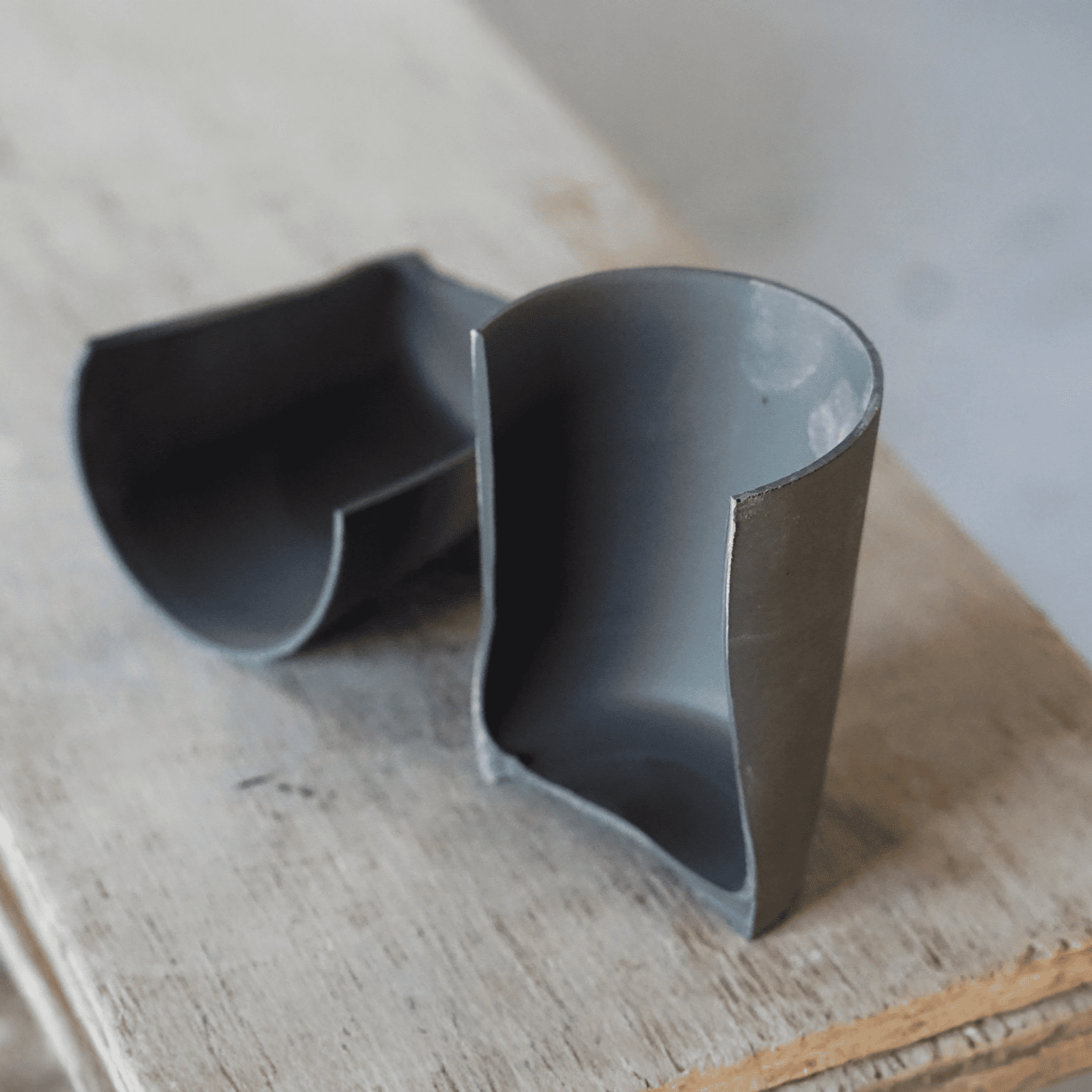
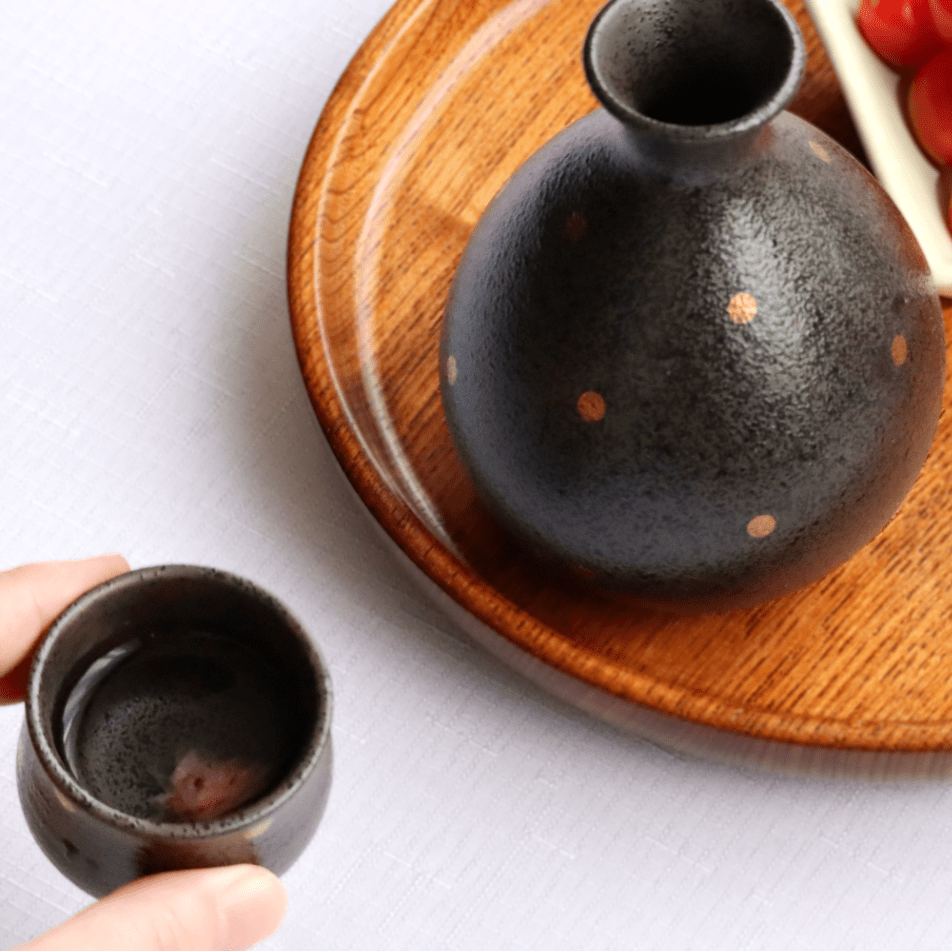
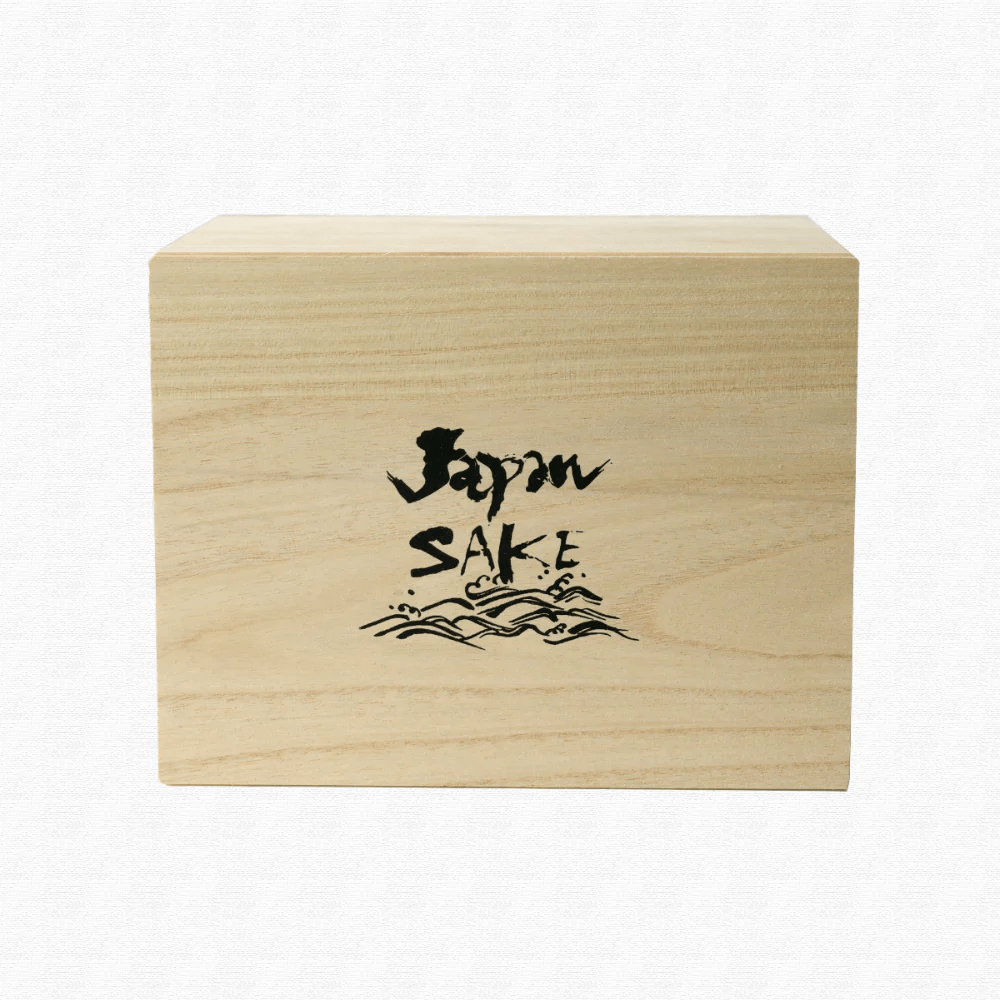

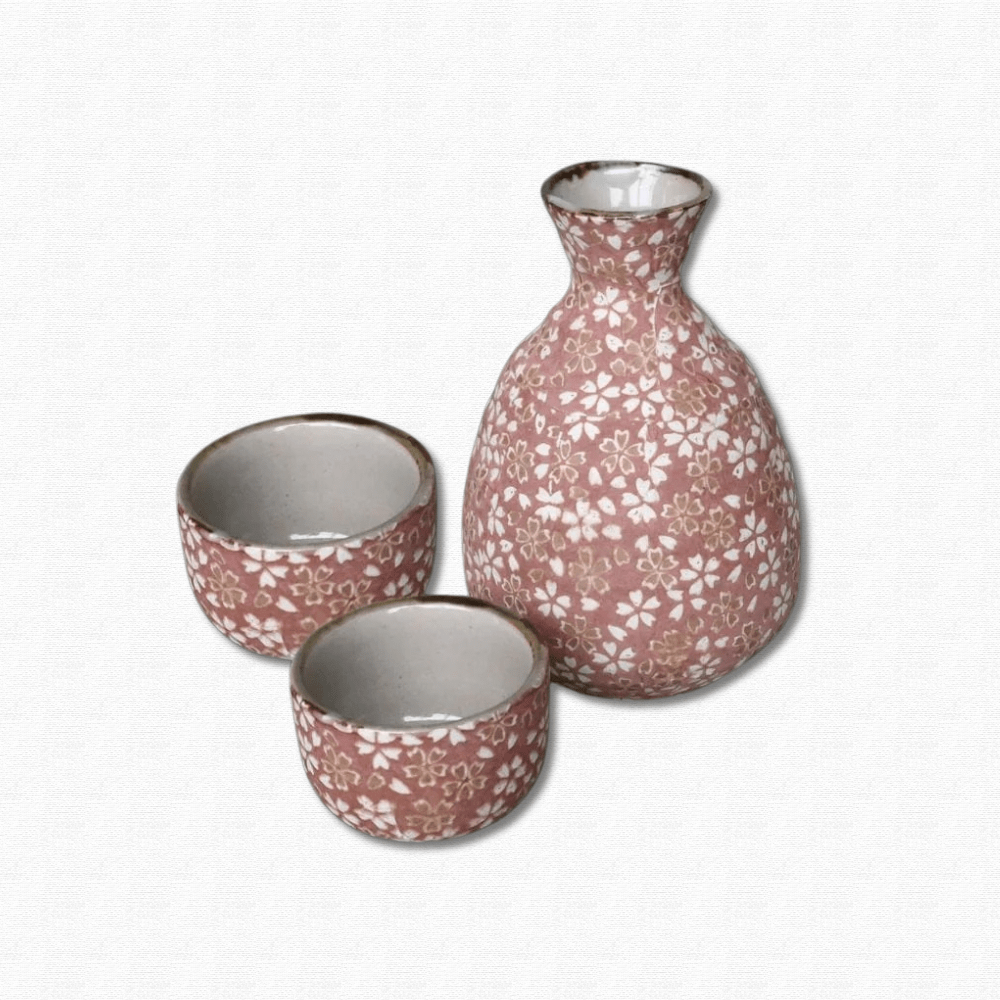
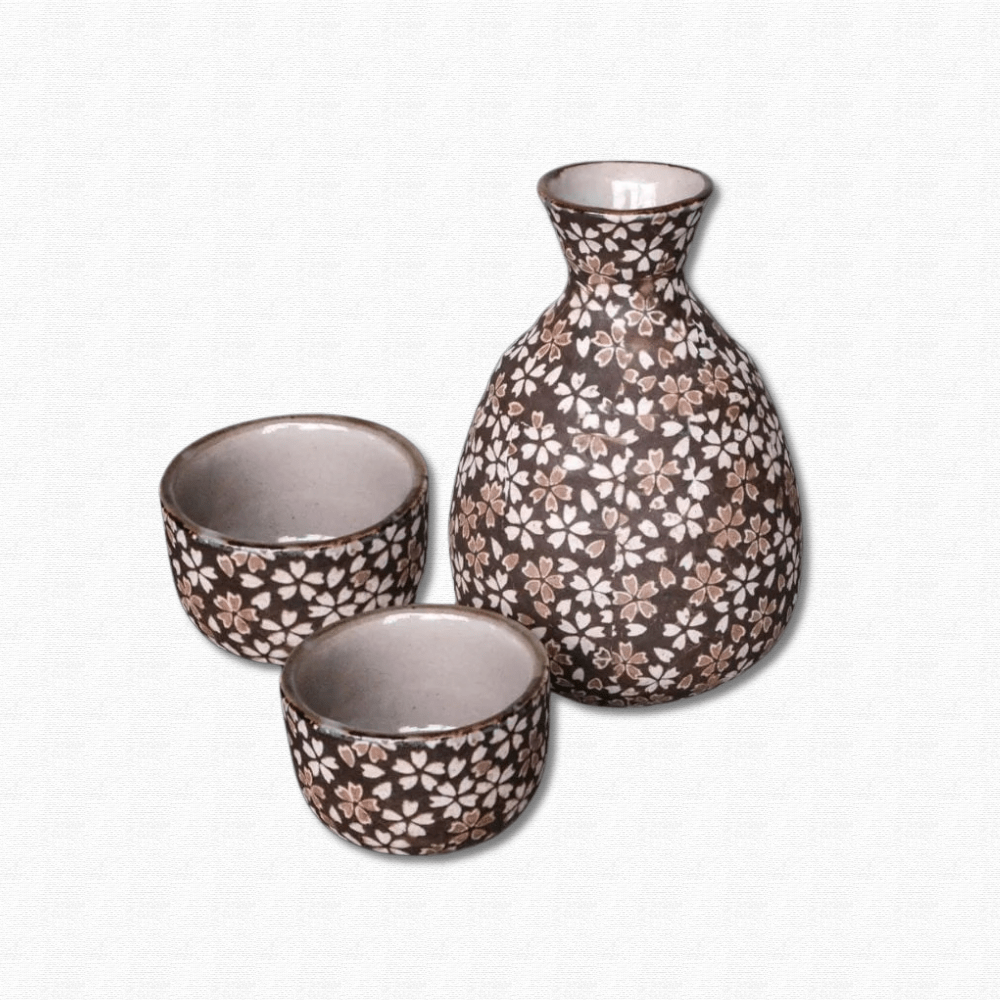
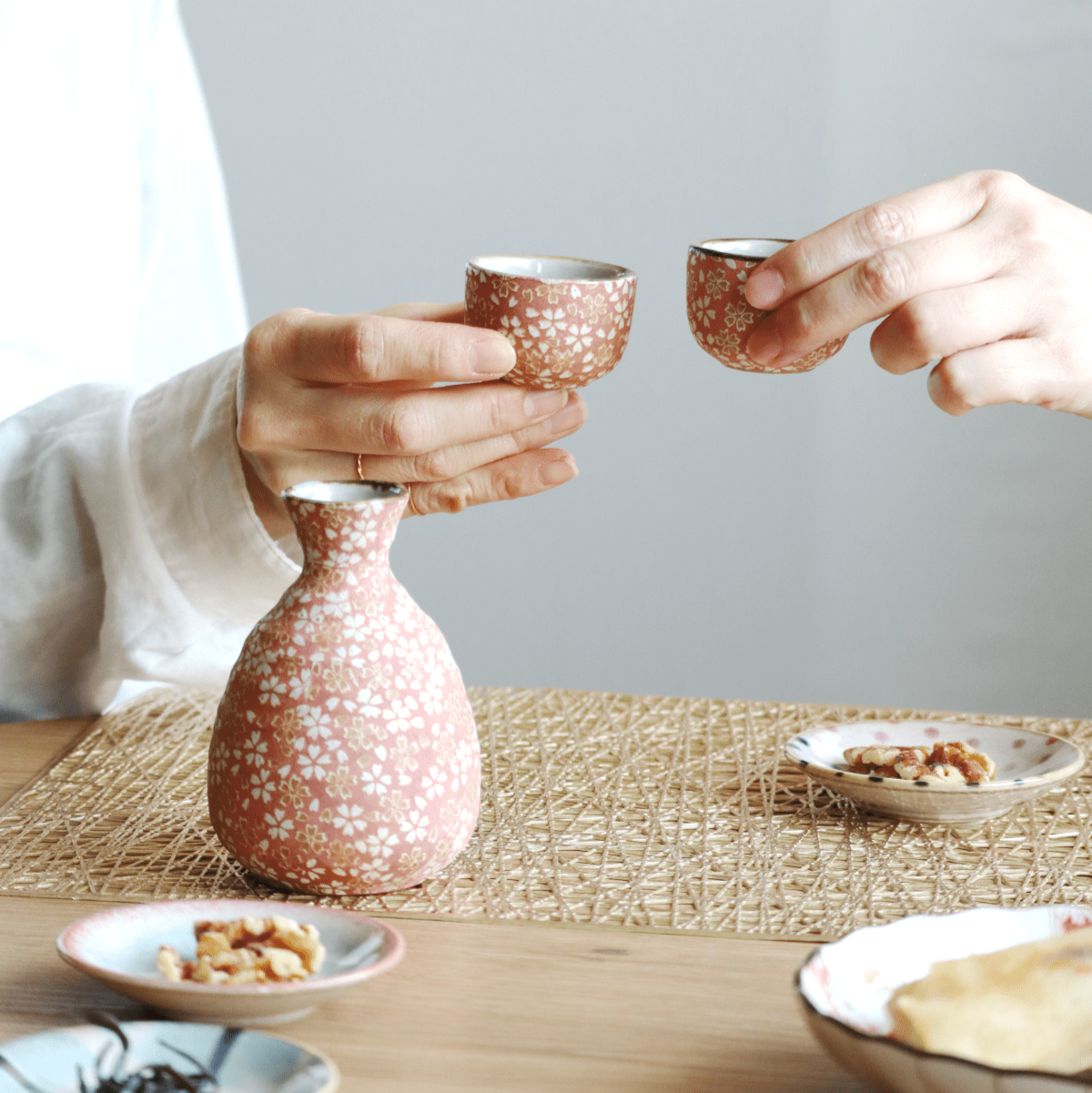
Share: